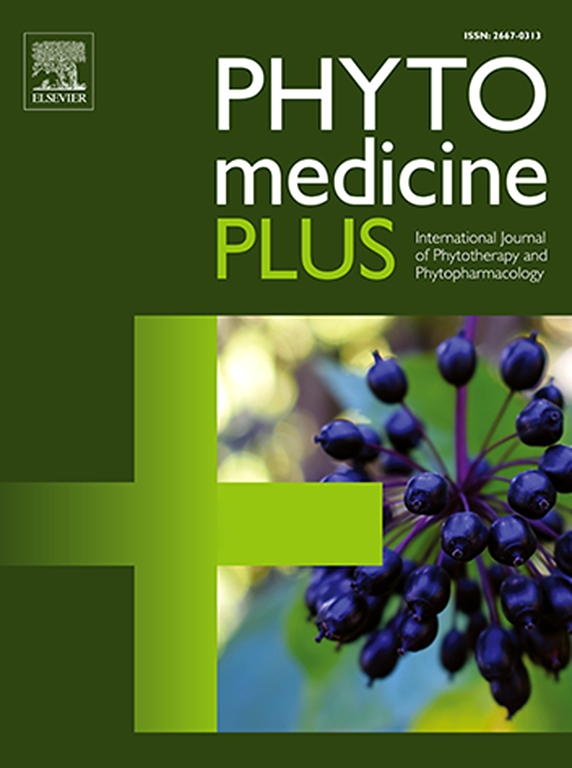Unlocking the potential of Rosmarinic acid: A review on extraction, isolation, quantification, pharmacokinetics and pharmacology
Q3 Pharmacology, Toxicology and Pharmaceutics
引用次数: 0
Abstract
Background
Rosmarinic acid (RA) is a polyphenol abundantly found in culinary herbs like Rosemary, sage, perilla, and Tulsi, and it has varied therapeutic potential. It is an ester of caffeic acid and 3,4—di hydroxyphenyl lactic acid. It's been used as a food supplement and in traditional medicines since immemorial.
Objectives
To review RA's properties, sources, extraction methods, chemical structure, bioavailability, and diverse therapeutic applications such as antioxidant, anti-inflammatory, anticancer, neuroprotective, cardioprotective, and antimicrobial properties.
Methods
A systematic data review was carried out focussing on literature from 2004 – 2024 in online databases from Google Scholar, PubMed, ScienceDirect, Web of Science, Researchgate, and Scopus. The articles were searched using “Rosmarinic acid”, “Cancer”, “in silico”, “in vivo”, “in vitro”, “diabetes”, and “therapeutic” as the keywords.
Conclusion
This review provides deep insights into the research works carried out on RA's potential as a medicinal source. Advancement from normal traditional usage to modern-day therapeutic practices, RA has come a long way to help mankind with its unique characteristics. From anti-bacterial to anti-cancer remedies RA has proven its healing properties and still provides a scope to explore further.

释放迷迭香酸的潜力:提取、分离、定量、药代动力学和药理学研究进展
苦参酸(RA)是一种多酚,大量存在于烹饪草药中,如迷迭香、鼠尾草、紫苏和土尔西,它具有多种治疗潜力。它是咖啡酸和3,4 -二羟基苯基乳酸的酯。自古以来,它就被用作食物补充剂和传统药物。目的综述类风湿性关节炎的性质、来源、提取方法、化学结构、生物利用度及其在抗氧化、抗炎、抗癌、神经保护、心脏保护和抗菌等方面的应用。方法系统回顾b谷歌Scholar、PubMed、ScienceDirect、Web of Science、Researchgate、Scopus等在线数据库2004 - 2024年的文献。以“迷迭香酸”、“癌症”、“硅片”、“体内”、“体外”、“糖尿病”、“治疗”为关键词进行检索。结论对风湿性关节炎的药用潜力的研究工作进行了综述。从正常的传统用法到现代的治疗实践,类风湿性关节炎已经走了很长的路,以其独特的特点帮助人类。从抗菌到抗癌疗法,类风湿性关节炎已经证明了它的治疗特性,并且仍然提供了进一步探索的空间。
本文章由计算机程序翻译,如有差异,请以英文原文为准。
求助全文
约1分钟内获得全文
求助全文
来源期刊

Phytomedicine Plus
Medicine-Complementary and Alternative Medicine
CiteScore
3.70
自引率
0.00%
发文量
178
审稿时长
81 days
期刊介绍:
 求助内容:
求助内容: 应助结果提醒方式:
应助结果提醒方式:


